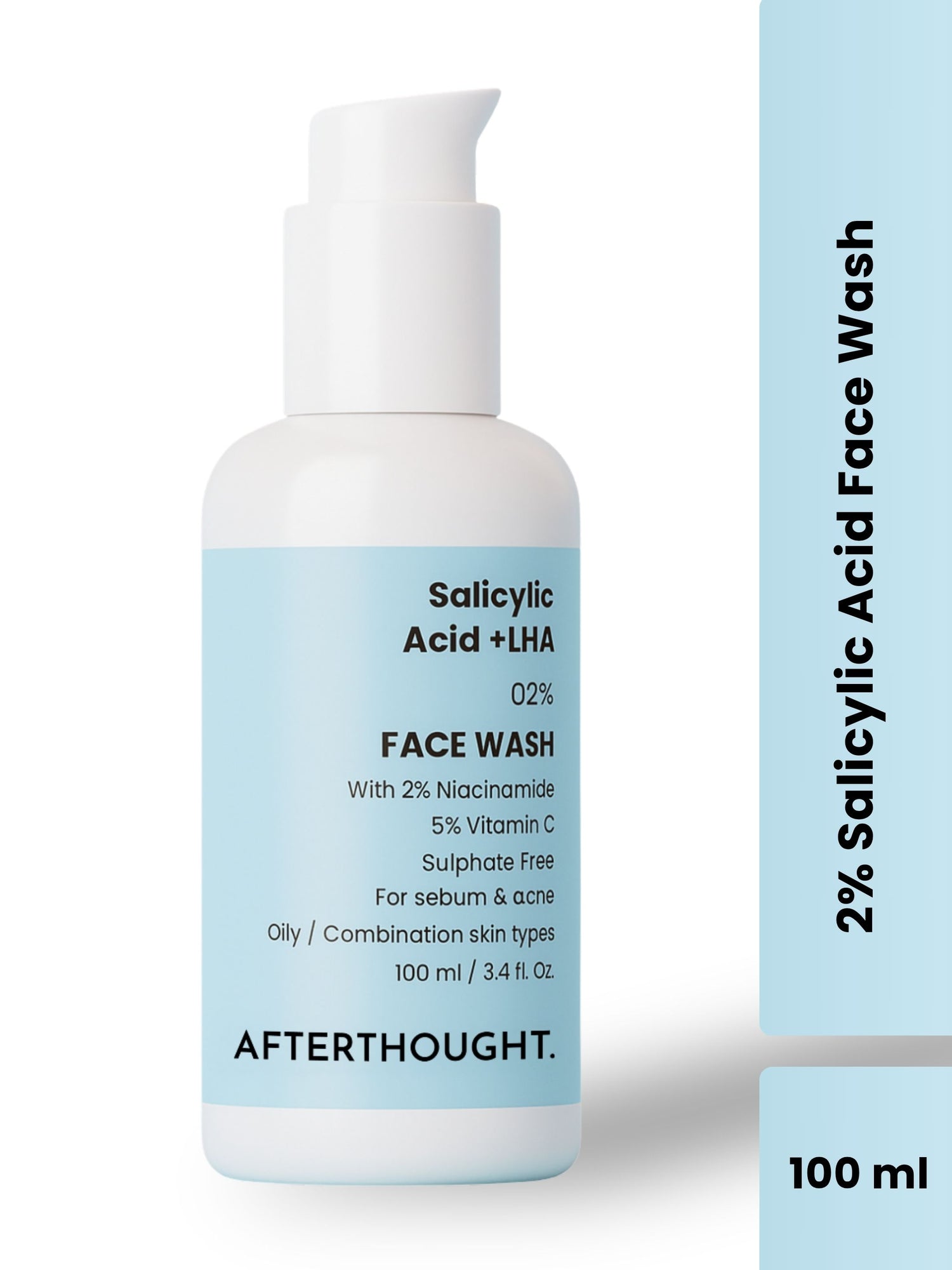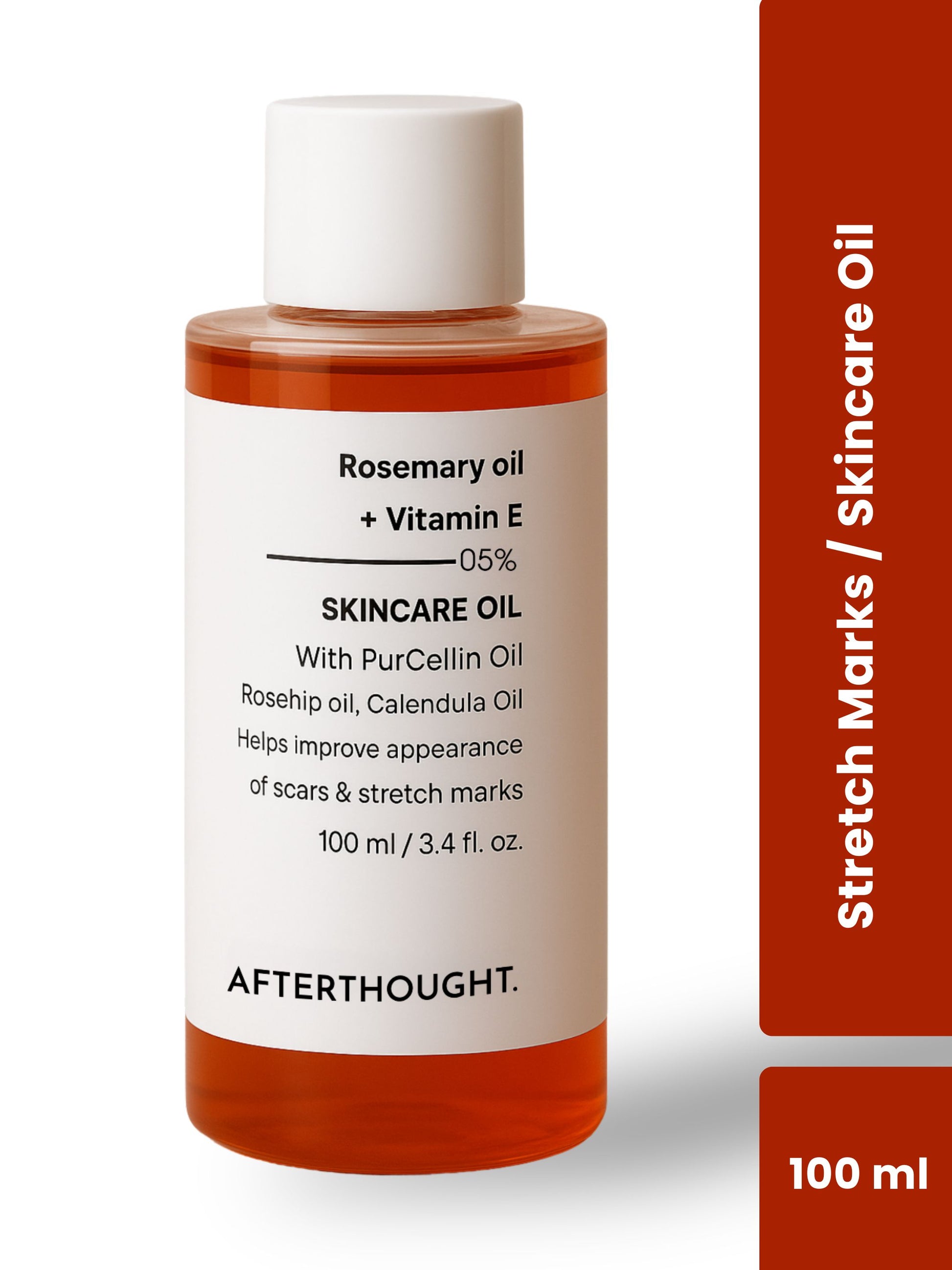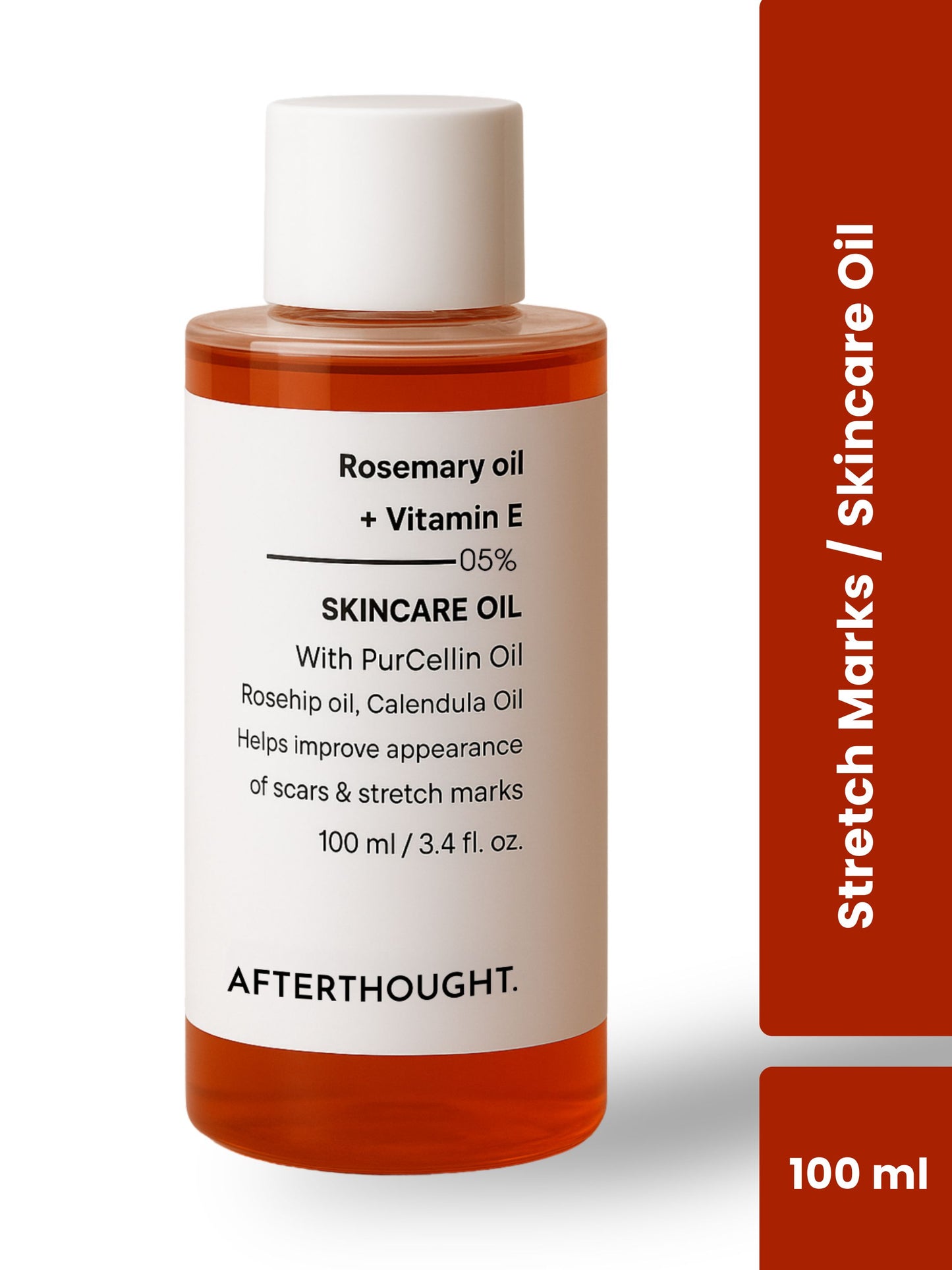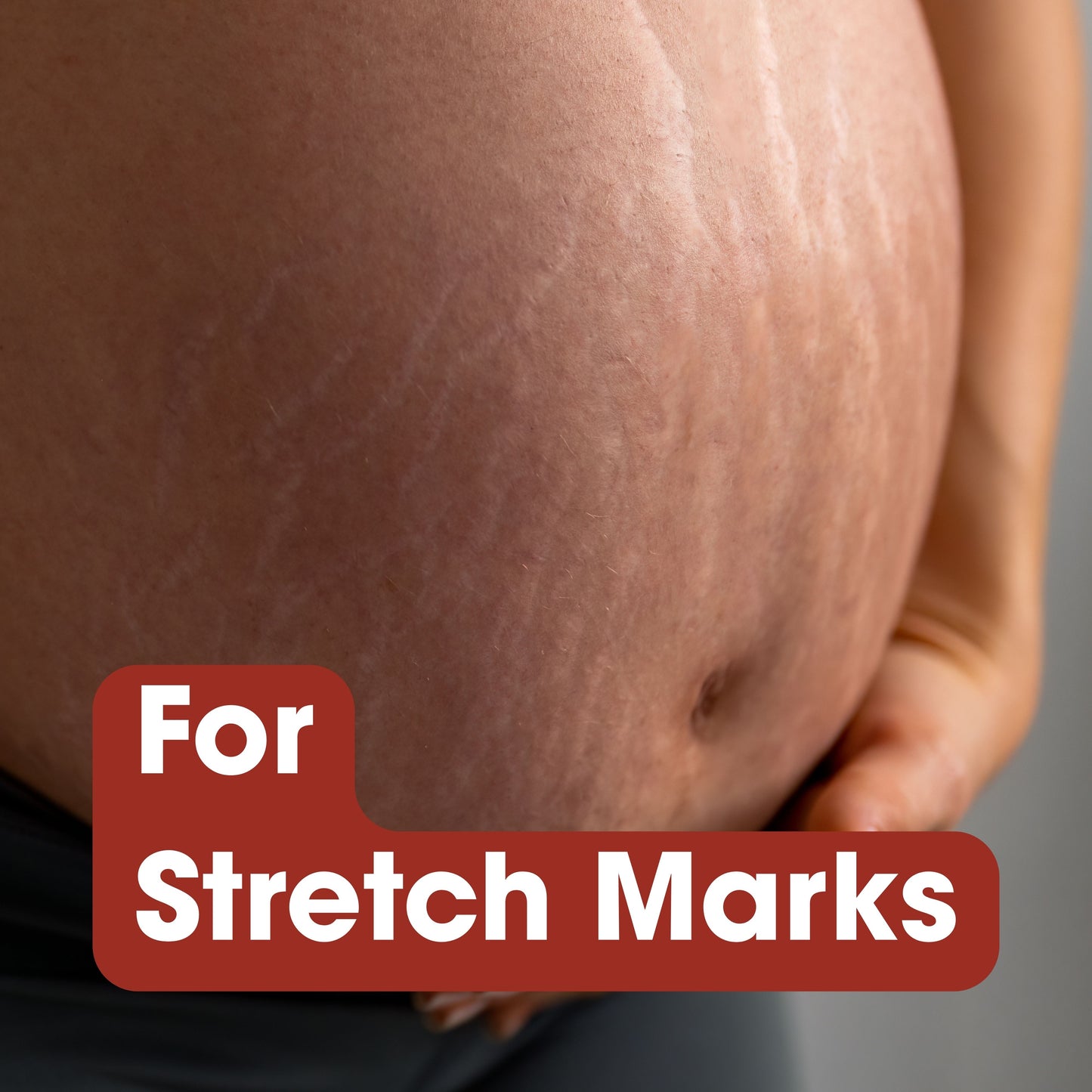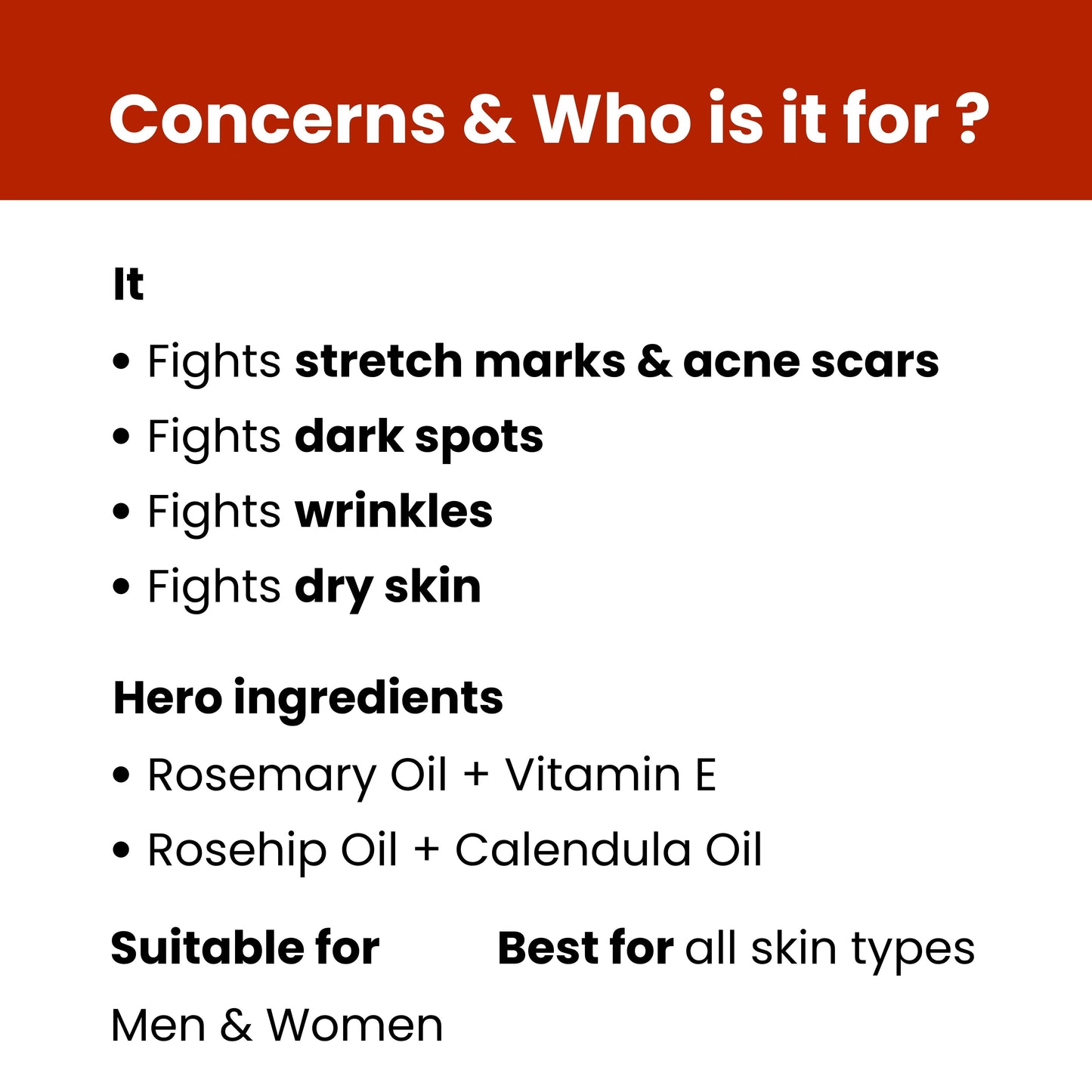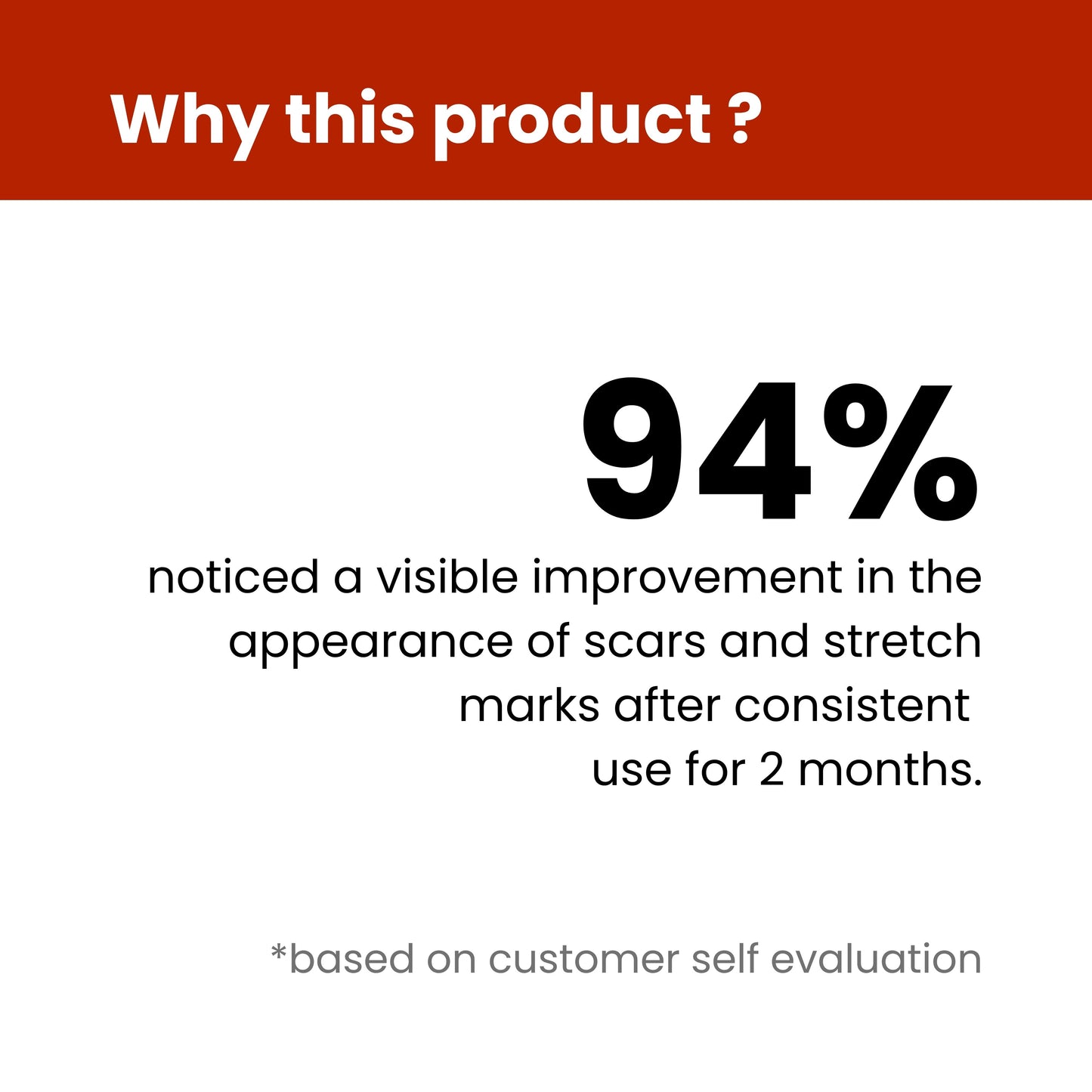When Do Stretch Marks Appear During Pregnancy?
Stretch marks are a common concern for many expectant mothers, often appearing as streaks or lines on the skin that can range in color from pink to dark brown, depending on skin tone. While they are entirely natural and pose no medical threat, they can sometimes affect self-esteem and body image. Understanding when stretch marks are likely to appear during pregnancy can help prepare for and possibly mitigate their development.
What Are Stretch Marks?
Stretch marks, also known as striae gravidarum when they occur during pregnancy, are a form of scarring that happens when the skin is stretched rapidly. This causes the collagen and elastin fibers in the dermis to tear, resulting in visible lines on the skin's surface. Over time, stretch marks may fade in color but rarely disappear completely without treatment.
Why Do Stretch Marks Occur in Pregnancy?
During pregnancy, the body undergoes several changes in a relatively short period. Hormonal fluctuations, especially an increase in cortisone, can reduce the skin's elasticity, making it more susceptible to tears when stretched. As the uterus expands to accommodate the growing baby, the skin over the abdomen, thighs, breasts, hips, and buttocks stretches to varying degrees. This rapid stretching is a significant trigger for stretch marks.
When Do Stretch Marks Typically Appear?
Stretch marks most commonly begin to appear during the second and third trimesters of pregnancy, typically between weeks 13 and 28. However, the exact timing varies from person to person, influenced by factors such as genetics, skin type, rate of weight gain, and hydration levels.
In some cases, women might notice the early formation of stretch marks as soon as the end of the first trimester, particularly if they experience rapid weight gain or carry multiple babies. For others, they may not appear until late in the third trimester, or not at all.
Early Signs of Stretch Marks
Before stretch marks fully develop, the skin might feel itchy, tight, or slightly irritated in the areas where the marks are likely to appear. At this stage, the marks may appear as faint, slightly raised lines. Being aware of these early signs can provide a window of opportunity to take preventive action, such as moisturizing the skin and ensuring adequate hydration and nutrition.
Common Areas Affected
Stretch marks during pregnancy most frequently appear in the following areas:
- Abdomen: As the belly expands to accommodate the growing fetus, this area is most prone to stretch marks.
- Breasts: Hormonal changes and preparation for breastfeeding can cause the breasts to enlarge, leading to skin stretching.
- Thighs and Hips: These areas often expand during pregnancy as part of the body’s natural weight gain process.
- Buttocks: Similar to the thighs and hips, the buttocks may stretch to support additional fat stores.
Factors Influencing the Onset of Stretch Marks
Several factors affect whether and when stretch marks appear during pregnancy:
- Genetics: If your mother or sister developed stretch marks during their pregnancies, you might be more likely to experience them too.
- Skin Type: Fair-skinned women may be more prone to visible stretch marks, although they affect all skin tones.
- Rate of Weight Gain: Gaining a lot of weight quickly can increase the likelihood of developing stretch marks.
- Multiple Pregnancies: Carrying twins or more can lead to more significant skin stretching.
- Hydration and Nutrition: Dehydrated skin is less elastic and more susceptible to tearing.
Can Stretch Marks Be Prevented?
While there's no guaranteed way to prevent stretch marks, certain habits can improve skin health and potentially reduce their severity:
- Stay Hydrated: Drinking enough water helps keep skin supple and resilient.
- Moisturize Regularly: Using a good moisturizer can support the skin's elasticity and reduce itchiness.
- Maintain a Healthy Weight Gain: Following recommended pregnancy weight guidelines can help limit excessive skin stretching.
- Eat a Nutrient-Rich Diet: Consuming foods rich in vitamins C and E, zinc, and protein supports collagen production.
Post-Pregnancy Outlook
After childbirth, stretch marks may begin to fade over time, becoming less noticeable. They often change from a red or purple hue to a lighter, silvery shade. The skin's natural healing process, combined with continued skincare, can improve the texture and appearance of stretch marks. Some people also explore treatments like laser therapy or microdermabrasion to further reduce their visibility.
Embracing the Changes
It’s essential to remember that stretch marks are a natural part of the body’s transformation during pregnancy. They symbolize the incredible ability of the body to nurture and bring new life into the world. While it’s perfectly valid to care about how your skin looks, it’s equally important to approach these changes with compassion and self-love.
Each stretch mark tells a story — of strength, change, and creation. Instead of focusing solely on prevention, embracing the journey and caring for your body holistically can lead to both emotional and physical well-being throughout pregnancy and beyond.
